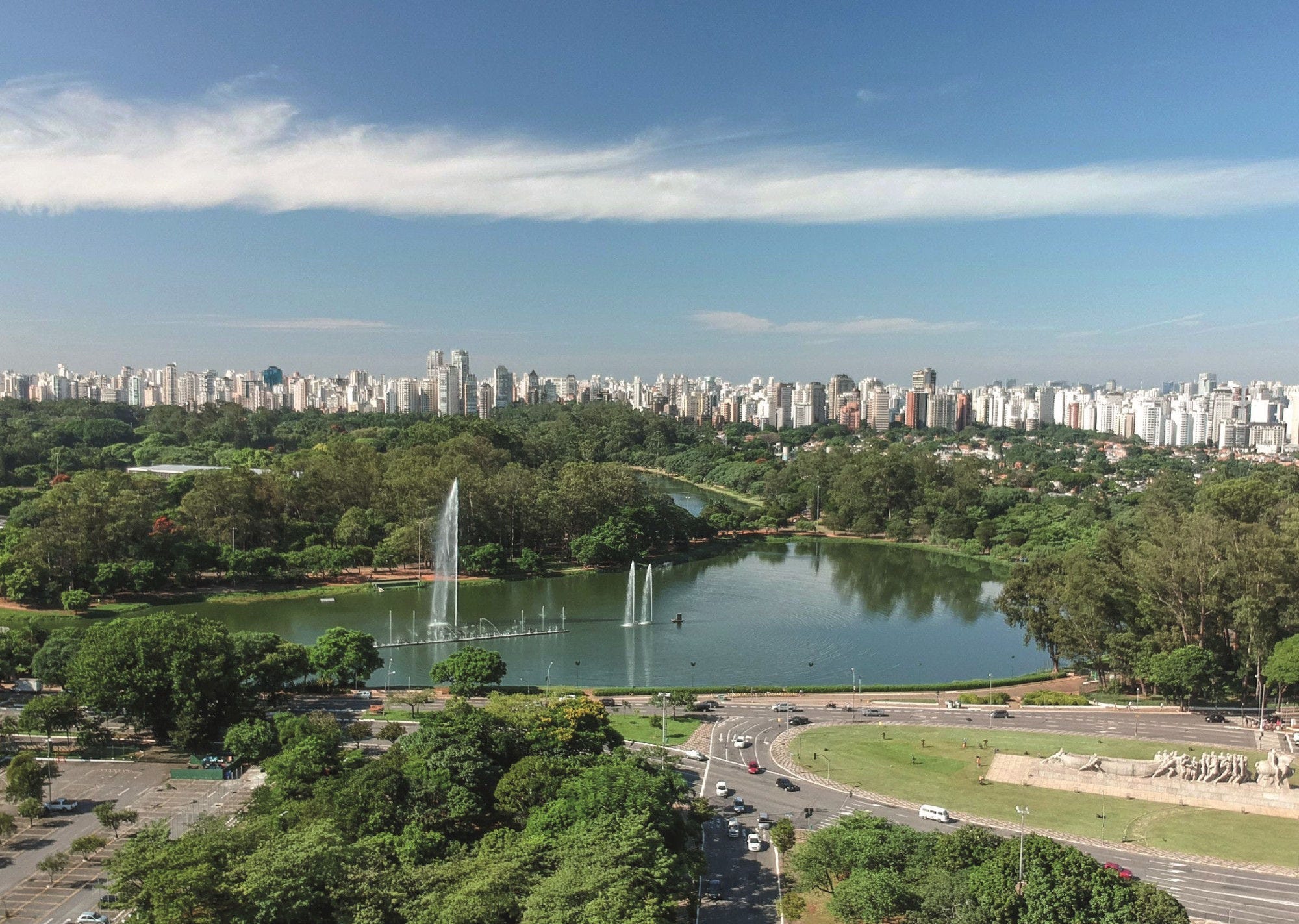On average across Latin American and Caribbean (LAC) countries, 17.4% of total government expenditures are executed through public procurement systems (see 7.1 Size of public procurement), which shows the key role that public procurement plays in countries’ economies. This makes it of the highest importance that public procurement systems are aligned and build synergies with other areas of public governance. For instance, it is good practice to ensure that public finance management (such as budget planning and human resources allocation) is integrated into the procurement processes. Similarly, public procurement policies should include risk management strategies to identify potential risks in processes and projects. Identifying risks early allows governments to be prepared to respond appropriately if they do materialise. The need for these risk strategies was evident during the COVID-19 crisis, which led to increased demand for goods and services and disruptions in supply chains. These pushed public procurement systems to introduce emergency procurement measures, such as direct contracting and expedited bidding procedures, among other measures. Public procurement processes are also relevant to public infrastructure contracting, given the size of expenditure in the sector. Having public procurement frameworks in place for infrastructure contracts and maintaining well-defined procedures can help reduce the risks of corruption and inefficiencies.
All 19 surveyed LAC countries have mechanisms in place to ensure that planned procurement processes are integrated with public finance management systems. In particular, 15 out of the 19 (79%) have established mechanisms to guarantee that no request for tender takes place without a certification of the availability of funds; and the same number of countries have indicated that their public procurement plans are aligned with budget planning. However, only eight countries (42%) responded that their procurement plans have detailed descriptions of the human and/or financial resources needed for adequate implementation. Costa Rica, Haiti, Honduras, Mexico, Panama, Peru, and Trinidad and Tobago use all three of these mechanisms to improve the coherence of procurement and public finance management (Figure 7.12).
Only 8 of the 19 surveyed LAC countries (42%) reported having one or more tools in place to assess potential risks in the public procurement system. Six of these (32%) use risk databases, five (26%) have a risk assessment methodology, three (16%) use risk assessment results and two (14%) have a risk register. Chile and Peru reported having all four of these risk management tools in place but more than half of the surveyed LAC countries (11 out of 19, 58%) do not use any of them (Figure 7.13).
Lastly, in all but one of the surveyed countries (95%), procurement linked to infrastructure projects is regulated either through general procurement regulations or through specific infrastructure ones. These should promote fairness and transparency, while preventing corruption and increasing the quality of projects, which are required to meet pre-established standards and specifications. In 53% of surveyed LAC countries (10 out of 19) all infrastructure projects are subject to general public procurement regulations, while in 42% (8 out of 19) there are specific regulations for some or all infrastructure projects (Figure 7.14).



